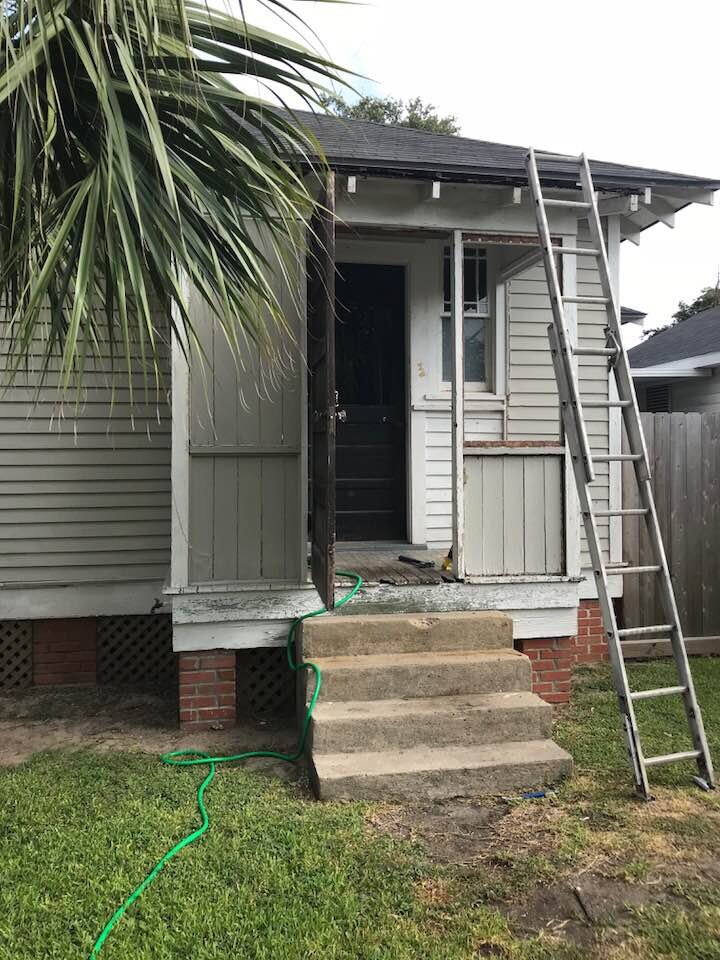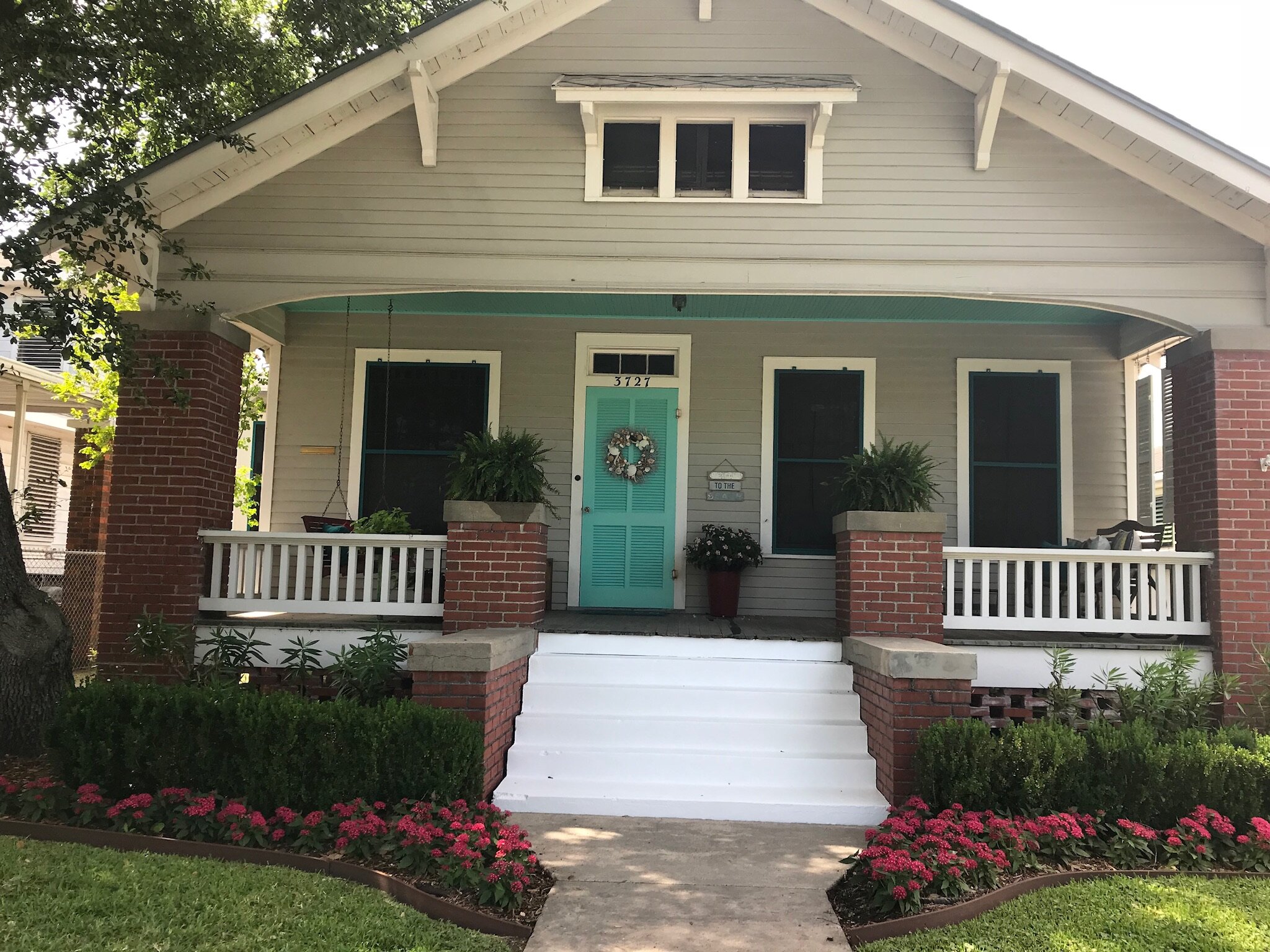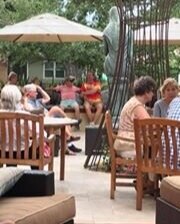St. Mary Cathedral
St. Mary Cathedral Basilica is the primary cathedral of the Archdiocese of Galveston-Houston and the mother church of the Catholic Club in Texas. Along with the Co-Cathedral of the sacred Heart in Houston, St. Mary serves more than 1.5 million Catholics living in the Archdiocese.
The Cathedral Basilica is notable as being one of the few buildings in Galveston that survived the devastating Great Storm of 1900 with only minimal damage. However, it did sustain significant water damage during Hurricane Ike in 2008 and was closed for repairs until Easter 2014.
St. Mary Cathedral was named a Texas state historic landmark in 1968 and a national historic landmark in 1973. In 1979, in recognition of the Cathedral's importance to the community and the State of Texas, as well as the historical impact it had on Catholicism in the state of Texas, Pope John Paul II elevated St. Mary Cathedral to the status of a minor basilica.
Construction of the Cathedral
Father John Odin embarked from New Orleans on a schooner bound for the Texas coast, arriving in Galveston early in 1841. There, he found a community of Catholics eager to build a church for their small congregation.
In the months that followed, Father Odin procured enough money to begin construction of a wooden-frame church. He was assisted in this venture by Colonel Michael B. Menard and Dr. Nicholas Labadie, two prominent Galvestonians. (Colonel Menard is to be remembered as one of the founders of the City of Galveston.)
On February 6, 1842, Father Odin dedicated the completed structure to the Blessed Virgin Mary. The small, rectangular building measured 22 feet. Father Odin, now the Apostolic Vicar of Texas, purchased a five-room cottage as the episcopal residence. He made an addition to the church structure of a small sacristy and bought 30 benches for the convenience of his parishioners.
In 1845, Father Odin purchased 500,000 bricks from Belgium, which were shipped to Galveston. He would use the bricks in the construction of his dream: a larger, permanent church. The little frame church was moved out into the street, and work on the new St. Mary began in 1847. The ceremony of laying the cornerstone took place on Sunday, March 14, 1947. On November 26, 1848, the Cathedral was ready for dedication.
-
2022
- Mar 17, 2022 Ivy Dishes
- Jan 29, 2022 Grace Episcopal Church
- Jan 1, 2022 100 Years
-
2021
- Aug 25, 2021 My Fig Tree
- Apr 28, 2021 Darlene's Shrimp
- Apr 24, 2021 Oleander Festival
- Feb 27, 2021 Great Winter Storm
- Feb 10, 2021 The Mourning Wave
-
2020
- Oct 26, 2020 Crepe Myrtles
- Sep 18, 2020 Trimming the Palms
- Jul 19, 2020 The Dancers
- Jul 11, 2020 Postcards
- Jun 20, 2020 Resilience Flag
- Jun 19, 2020 Juneteenth
- Jun 10, 2020 Silk Stocking
- May 27, 2020 Tree Sculptures
- May 6, 2020 Babe's Beach
- Apr 22, 2020 Opera House
- Mar 2, 2020 Texas Heroes Monument
- Feb 15, 2020 Mardi Gras Parade
- Jan 19, 2020 St. Joseph's Church
-
2019
- Dec 15, 2019 Celebrations
- Nov 6, 2019 Fresh Paint
- Oct 21, 2019 Jazz Age Series
- Oct 20, 2019 ARToberFEST
- Oct 6, 2019 Stingeree
- Oct 5, 2019 Pumpkin Time
- Oct 2, 2019 Sea Turtles
- Sep 29, 2019 Powhatan House
- Sep 24, 2019 The Dolphins
- Sep 5, 2019 Lucas Apartments
- Aug 24, 2019 Sandcastles
- Aug 9, 2019 The Daily News
- Jul 18, 2019 Beach Walk
- Jul 10, 2019 La King's
- May 25, 2019 Pleasure Pier
- May 1, 2019 Bolivar Ferry
- Mar 15, 2019 Saengerfest Park
- Jan 19, 2019 Moody Mansion
-
2018
- Dec 18, 2018 The Vintage Suitcase
- Dec 17, 2018 Festival of Lights
- Dec 2, 2018 Sunday Brunch
- Nov 21, 2018 Hendley Row
- Oct 27, 2018 Island Oktoberfest
- Sep 20, 2018 The Strand Clock
- Sep 16, 2018 St. Mary Cathedral
- Aug 11, 2018 No More Shed
- Jun 10, 2018 Rosenberg Library
- May 7, 2018 Stepping It Up
- May 3, 2018 A Happy Hour
- May 1, 2018 Ashton Villa
- Apr 21, 2018 96th Birthday
- Apr 1, 2018 Seawolf Park
- Mar 27, 2018 Ball High School
- Mar 15, 2018 East End
- Feb 1, 2018 Tremont House
- Jan 26, 2018 Menardi Gras
- Jan 24, 2018 Mardi Gras Decor
-
2017
- Dec 1, 2017 Miss Ruby
- Oct 8, 2017 Railroad Museum
- Oct 7, 2017 Tall Ship Elissa
- Sep 9, 2017 Star Drug Store
- Sep 8, 2017 1900 Storm Statue
- Aug 6, 2017 The Turquoise Table
- Aug 1, 2017 Bishop's Palace
- Jul 23, 2017 Garten-Verein
- Jul 21, 2017 Yard Work
- Jul 16, 2017 The Strand
- Jun 17, 2017 Stewart Beach
- Jun 7, 2017 The Original
- Jun 3, 2017 Murdochs
- May 27, 2017 Bryan Museum
- May 19, 2017 Firemen on Call
- May 13, 2017 Williams-Borden Neighborhood
- May 1, 2017 Oleander City
- Apr 28, 2017 God Winks















